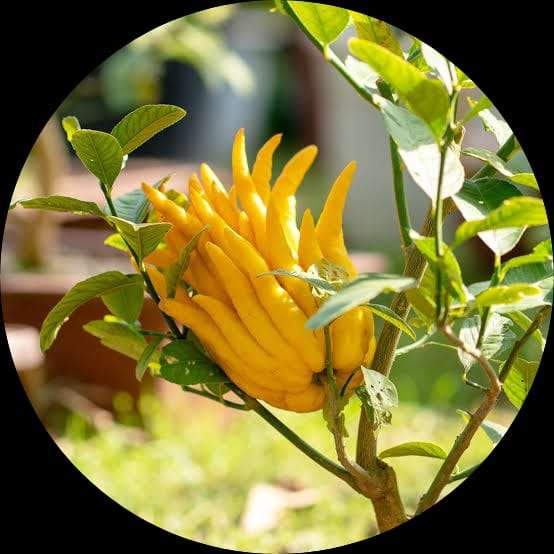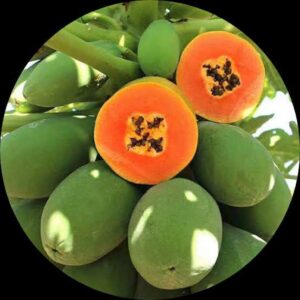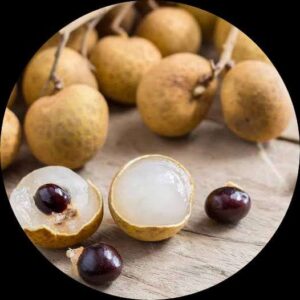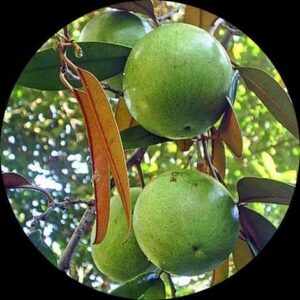- Empty cart.
- Continue Shopping
Buddha’s Hand
Original price was: ₹1,120.00.₹680.00Current price is: ₹680.00.
Genus : Citrus
The Buddha’s Hand Fruit Plant is a must-have for any citrus enthusiast. Its distinctive finger-like fruits make a striking addition to any garden, and their aromatic fragrance fills the air. Use the zest of Buddha’s Hand in cooking or as a decorative element in your home. Experience the allure of this unique citrus fruit with our Buddha’s Hand Fruit Plant.
Buddha’s Hand is a citrus fruit tree that belongs to the Rutaceae family, and is scientifically known as Citrus medica var. sarcodactylis. It is also commonly known as Fingered Citron, Hand of Buddha, and Bushukan in Japanese.
The Buddha’s Hand fruit is unique in appearance, with a thick, finger-like rind that resembles a human hand. The fruit is typically yellow or green in color, and can be up to 30 cm in length. Unlike most citrus fruits, Buddha’s Hand does not have a pulpy interior or juice, but rather is prized for its fragrant, aromatic rind.
The rind of Buddha’s Hand is often used in culinary preparations as a flavoring agent and garnish. It has a strong, sweet fragrance with hints of lemon and floral notes, making it a popular ingredient in syrups, liqueurs, and baked goods. The fruit is also commonly used in traditional Chinese medicine for its medicinal properties, which are said to include improved digestion, reduced inflammation, and relief from coughs and colds.
The Buddha’s Hand tree is native to India and China, but has since been introduced to other parts of the world, including the United States, where it is grown primarily in California. It is a hardy plant that can tolerate a range of soil types and temperatures, although it prefers well-drained soil and plenty of sunlight.
In addition to its culinary and medicinal uses, the Buddha’s Hand fruit has also been used in religious and cultural traditions. In many Asian countries, the fruit is considered a symbol of good luck and prosperity, and is often displayed in homes and temples as a decorative item













Reviews
There are no reviews yet.